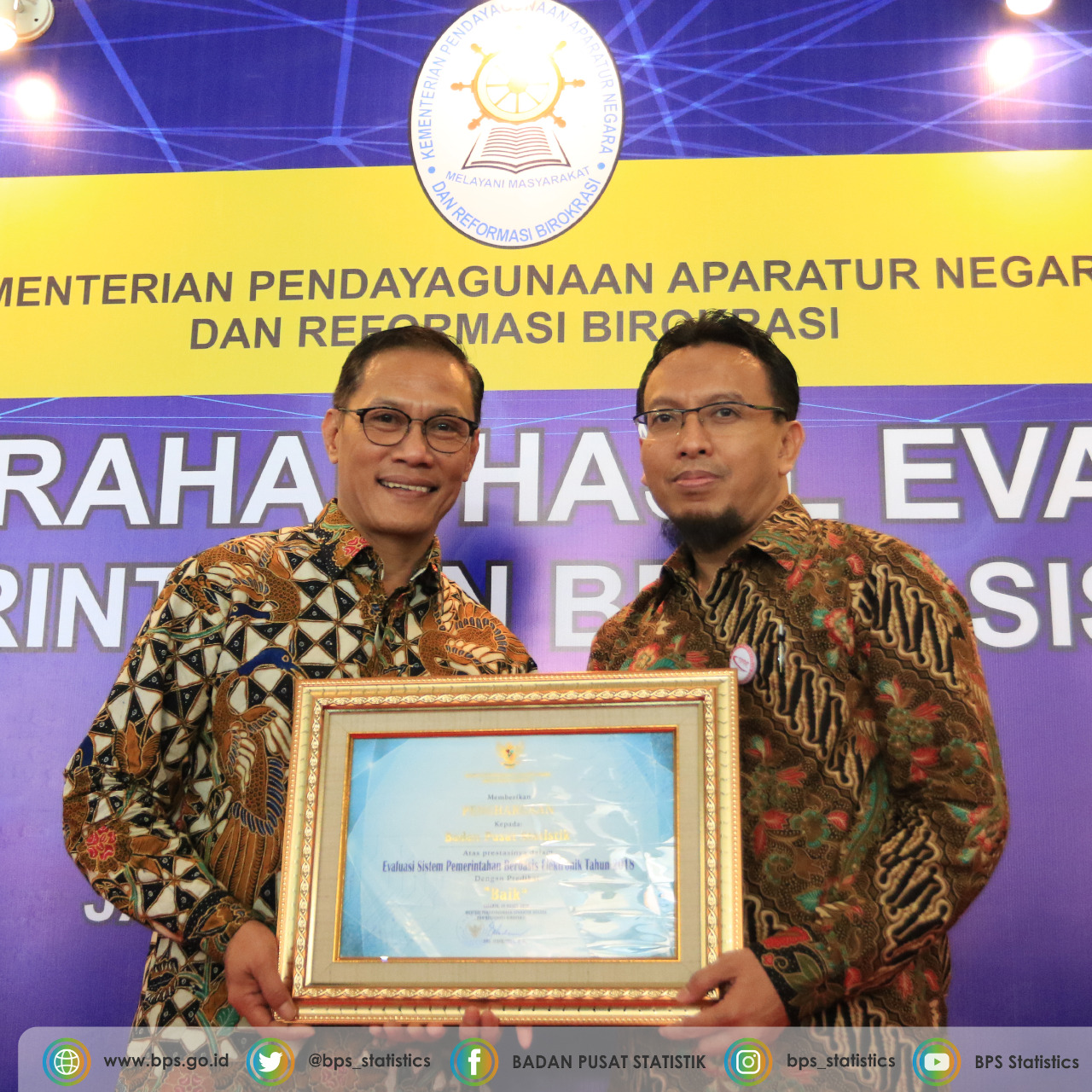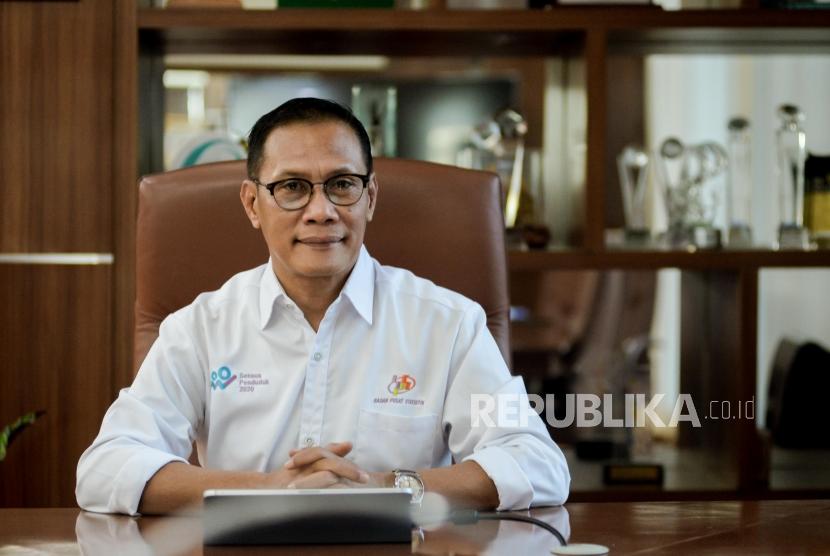


The collected data contain information of households and individuals by the census taking system both de jure and de facto for the entire population of Indonesia, including those living abroads such as diplomatic corps with their family members. Since its independent status, Indonesia has carried out the census for five times: in 1961, 1971, 1980, 1990, and in 2000 with the goals of providing a considerable amount of details of population data such as: buildings and households, villages potential (potensi desa or podes ), and main pattern frames for survey and others census applications. Indonesia Monitoring Health Inequality in Indonesia health equity health inequality sanitation water.Although the population registration in Indonesia has long been put through, the result is still unreliable, thus population census should be considered as a major source in providing data of population and households. Monitoring within-country inequality in these indicators serves to identify underserved areas, and is useful for developing approaches to improve inequalities in access that can help Indonesia make progress towards the 2030 Agenda for Sustainable Development. There are inequalities in access to improved drinking water and sanitation by subnational region in Indonesia. Certain districts reported very low levels of access to improved drinking water and/or sanitation. Provinces with similar numbers of districts and similar overall averages showed variable levels of absolute and/or relative inequality. Access to improved drinking water ranged from 93.4% in DKI Jakarta to 41.1% in Bengkulu, and access to improved sanitation ranged from 89.3% in Jakarta to 23.9% in East Nusa Tenggara. While the majority of Indonesian households had access to improved drinking water (71.0%) and sanitation (62.1%), there were large variations between and within provinces.

Two summary measures of inequality, mean difference from mean and weighted index of disparity, were calculated to quantify within-province absolute and relative inequality, respectively. To quantify subnational regional inequality in access to improved drinking water and sanitation in Indonesia.ĭata about access to improved drinking water and sanitation were derived from the 2015 Indonesian National Socioeconomic Survey (SUSENAS) and disaggregated by 510 districts across the 34 provinces of Indonesia. Universal and equitable access to safe and affordable drinking water and adequate sanitation and hygiene in Indonesia are vital to ensure healthy lives and promote well-being for all at all ages.


 0 kommentar(er)
0 kommentar(er)
